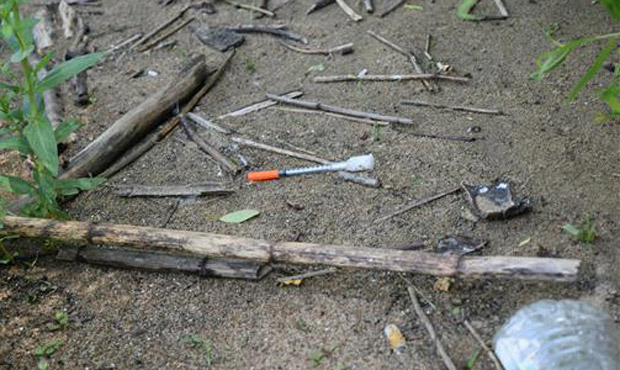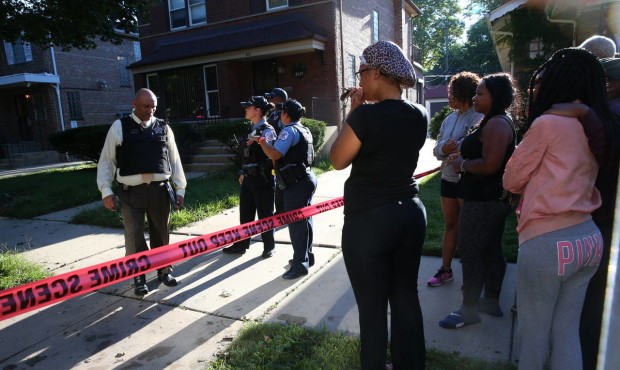Chokepoints
How the tolls on Highway 167’s HOT lane really work
 The toll from Auburn to Renton costs commuters between $0.50 and $9, depending on the conditions, but it turns out many drivers still don't quite know how the rates are determined. (Photo: WSDOT Flickr)
The toll from Auburn to Renton costs commuters between $0.50 and $9, depending on the conditions, but it turns out many drivers still don't quite know how the rates are determined. (Photo: WSDOT Flickr)
Do you really understand how the 167 HOT lane toll price is set?
The toll from Auburn to Renton costs commuters between $0.50 and $9, depending on the conditions, but it turns out many drivers still don’t quite know how the rates are determined.
KIRO listener Jason Green sent me a note Monday morning wondering why it cost $5.25 to use the lane when there was lighter-than-normal traffic. He was sure something was wrong with the computer algorithm used to determine the price fluctuations.
I asked Tyler Patterson, toll operations engineer for the Washington State Department of Transportation, to explain.
He said the toll rates are not based on congestion in the main line, but entirely on how busy the HOT lane is.
“We’re trying to retain the speeds in the HOT lane,” Patterson said. “We just look at the HOT lane for the volumes and speed, and that determines the price.”
The computer looks at the drive times and the volumes based on loop detectors embedded in the concrete under the HOT lane. That drive time is a measurement of how long it takes to drive the entire stretch of 167 from Auburn to Renton.
As the speeds drop from 60 mph down to 45 mph, the computer adjusts the price accordingly. When the speed hits 45 mph, the HOT lane goes to HOV only. So drivers might not see the congestion that’s affecting the price.
“Our main goal is to maintain a reliable trip, make sure we’re doing a good job for carpoolers and for transit, make sure that everything is preserved there and then it’s the excess capacity that we’re able to sell,” he said. “We try to keep the price as low as possible, but the goal is a reliable trip.”
The idea is to price out some single occupancy vehicles when the speed drops too low.
Patterson said more drivers have been using the HOT lanes since August, when access to them was expanded. As a result, demand has increased. He said the toll has hit the max of $9 three times in the last few weeks. It almost never hit that number before access was expanded.
But listener Jason Green believes, like many people, the state is just increasing the toll price to pad the state’s wallet.
Patterson said that’s just not true.
“The HOT lanes are just the traffic management tool and we’re not trying to generate revenue,” he said. “Our goal is really to keep people moving and to do a good job.”
The state checks the computer and its algorithm every day to make sure it’s accurate and charging people appropriately.




































Comments